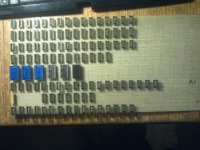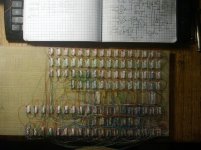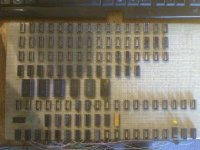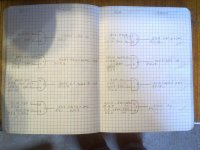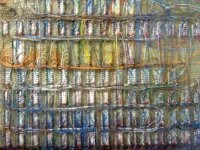g4ugm
Veteran Member
By the way Dave, what do You Teach or are you one of students who sit ??
THANK YOU Marty
I teach what I did as a job for 10 years, its call "Network Administration", but its basically how to set up and manage Windows 2008 servers, Windows Clients and the networking infrastructure to allow them to interwork. In practice its more labs than teaching. So generally each topic has 30-45 minutes of lecture, and 75 - 90 minutes of practical work.
Syllabus
• Introduction
• Authentication
o Peer-to-peer networking versus centralised authentication (Directory services)
o Users & groups, user & group properties
• Controlling Resource Access
o Files, folders, printers (local and remote)
• Providing Network services
o DNS, DHCP, Telnet, FTP, SMTP/MIME, HTTP
• Network management
o Disc management
o Disaster recovery (fault tolerance, backup)
o Monitoring the network
o Security (NAT, Firewalls)
• Scripting
o Windows command line/PowerShell & Script Host
o Unix scripting
Dave

